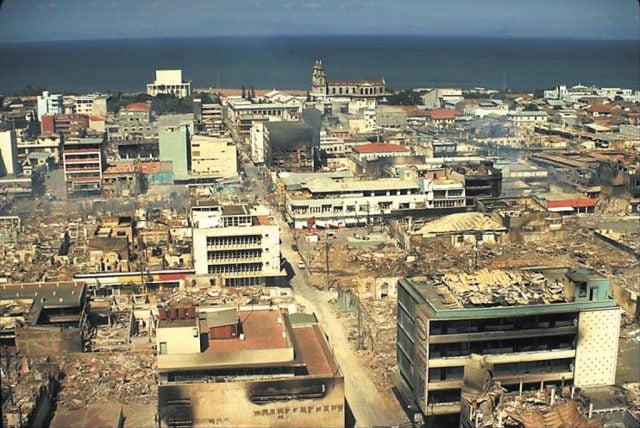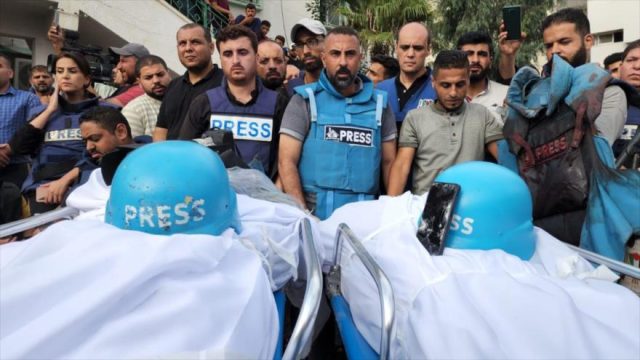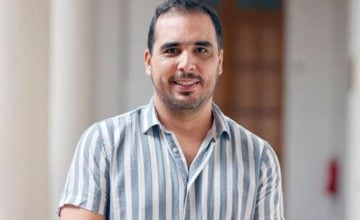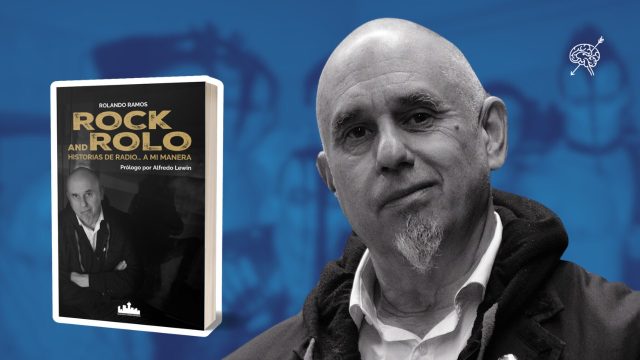One of the worst natural disasters recorded in the memory of Nicaragua turned 50 on Friday, 23 of December: the Managua earthquake. The event caused more than 10,000 deaths, tens of thousands of injured and homeless, as well as enormous material damage that left the capital of the Central American country submerged in rubble, fires, devastation and chaos.
Barely 30 minutes had passed on Saturday, December 23, 1972, when the Nicaraguan capital suddenly woke up in the midst of a jolt that sowed terror throughout the city.
It was an earthquake, remembered by the locals as brutal, terrible and traumatic, which had a magnitude greater than 6 degrees, and that an hour later added two aftershocks above 5 degrees that almost completely destroyed the center of Managua, informed RT.
The first reports, informed at that time, that the series of «powerful earthquakes» had destroyed a large part of the Nicaraguan capital, collapsed buildings and houses, generated strong fires and had left some 18,000 deaths.
However, given the impossibility of certifying the number of deaths, because many of the bodies were left under the rubble or incinerated by the flames, it began to be said that the total number of deaths was more than 10,000. The event was classified as a catastrophe, especially due to the commotion it caused in the population, which at the time was about 400,000 people.
The gruesome scene that caused the series of tremors was described as apocalyptic and it was compared to the devastation caused by the atomic bombs dropped by the US on the Japanese cities of Hiroshima and Nagasaki.Despair and chaos after the earthquake
After the first earthquake, thousands of survivors who were in pajamas or night clothes, desperately ran looking for relatives, many of them removing the rubble and trying to enter the houses to rescue their loved ones.
There was also crying and despair all around the city. As the minutes passed, the bodies of the deceased, many of them mutilated, were piling up in the streets, while the residents of the capital themselves carried out search efforts, mostly unsuccessful.
An hour later, when the two seismic aftershocks were registered in a few minutes, the houses that were still standing ended up falling and, with this, many people who were looking for their relatives were buried, thus increasing the number of victims.
It was estimated that 70% of Managua had been left in ruins. In addition, the aftershocks caused explosions and fires that got out of control. Water, electricity and communications services were cut off. However, some survivors,who were radio amateurs, were key in sending rescue messages in the midst of the emergency.
The fear generated by the series of tremors, which had Lake Xolotlán as its epicenter on the Tiscapa seismic fault, caused residents to want to leave the city in terror. The roads in and out were clogged as the disaster and commotion increased.
It was not the first time that the city suffered the impact of a telluric movement. On March 31, 1931, Managua experienced its first major earthquake of the 20th century, which demolished a large part of the city, leaving 1,200 dead, more than 2,500 injured and 60,000 homeless.Prolonged fires and international support
The fires that started that night raged for two weeks, until January 6, 1973. In addition, food, water, medicine, and fuel were in short supply.
The situation became uncontrollable because the earthquakes broke the main drinking water pipe and collapsed the two headquarters of the Managua fire brigade and the relief units were left, practically, underground.
The chaos had to wait for the arrival of firefighters from other departments such as Carazo, Granada, León, Masaya and Matagalpa. In addition, the electrical system was affected almost throughout the country, due to the fact that the energy was centralized in the Managua Power Plant.
For their part, local authorities put together a contingency plan and nearby countries such as Honduras, El Salvador and Guatemala planned an international relief operation to send vital aid supplies to the survivors.
Countries such as Mexico, Costa Rica, Cuba, China, the Soviet Union, the United States, Spain, Japan, Venezuela, among others, were joining these humanitarian support efforts, sending lifeguards and supplies. The activities were also supported by different personalities.
One of those most remembered for the events after the earthquake was the Puerto Rican athlete Roberto Clemente, exalted to the Baseball Hall of Fame, who died in a tragic plane crash on December 31, 1972 when the plane in which he was traveling to Nicaragua, carrying humanitarian aid, plunged into the Caribbean Sea.A volcanic city
Managua is located south of Lake Xolotlán, near the western Nicaraguan coast and within the Central American Volcanic Chain.
The city carries a history of seismic and volcanic activity that arises from the collision and displacement of two tectonic plates: that of Cocos, in the Pacific, and the tectonic plate of the Caribbean.
The registered seismic movements date back to May 1, 1844, when Managua was just a small village with thatched houses. From that moment, it is said that the force of the earth altered the levels of the Xolotlán and Cocibolca lakes, as well as the San Juan river.
Another similar event occurred on October 11, 1885, when an earthquake collapsed several houses and damaged the San Miguel church and the Parish of Santiago. On April 29, 1898, another great earthquake was recorded that caused damage to Managua, León, Chinandega, Granada and Rivas.
The most recent event, after the 1972 earthquake, was on April 10, 2014. An earthquake of a magnitude of 6.2 shook the shores of Lake Xolotlán, without major damage. Also, from time to time, the earth ‘shakes’ and sets off the residents’ alarms.
After that night of terror, the city of Managua managed to rise from its ashes over the years. However, there are still places that remember the fateful disaster.
One of these places is the ‘Old Cathedral’ of Managua, there, still lays the bell tower clock, which since December 23, 1972 has been marking 12:35 am, the hour when the entire city was shaken by the earthquake .











